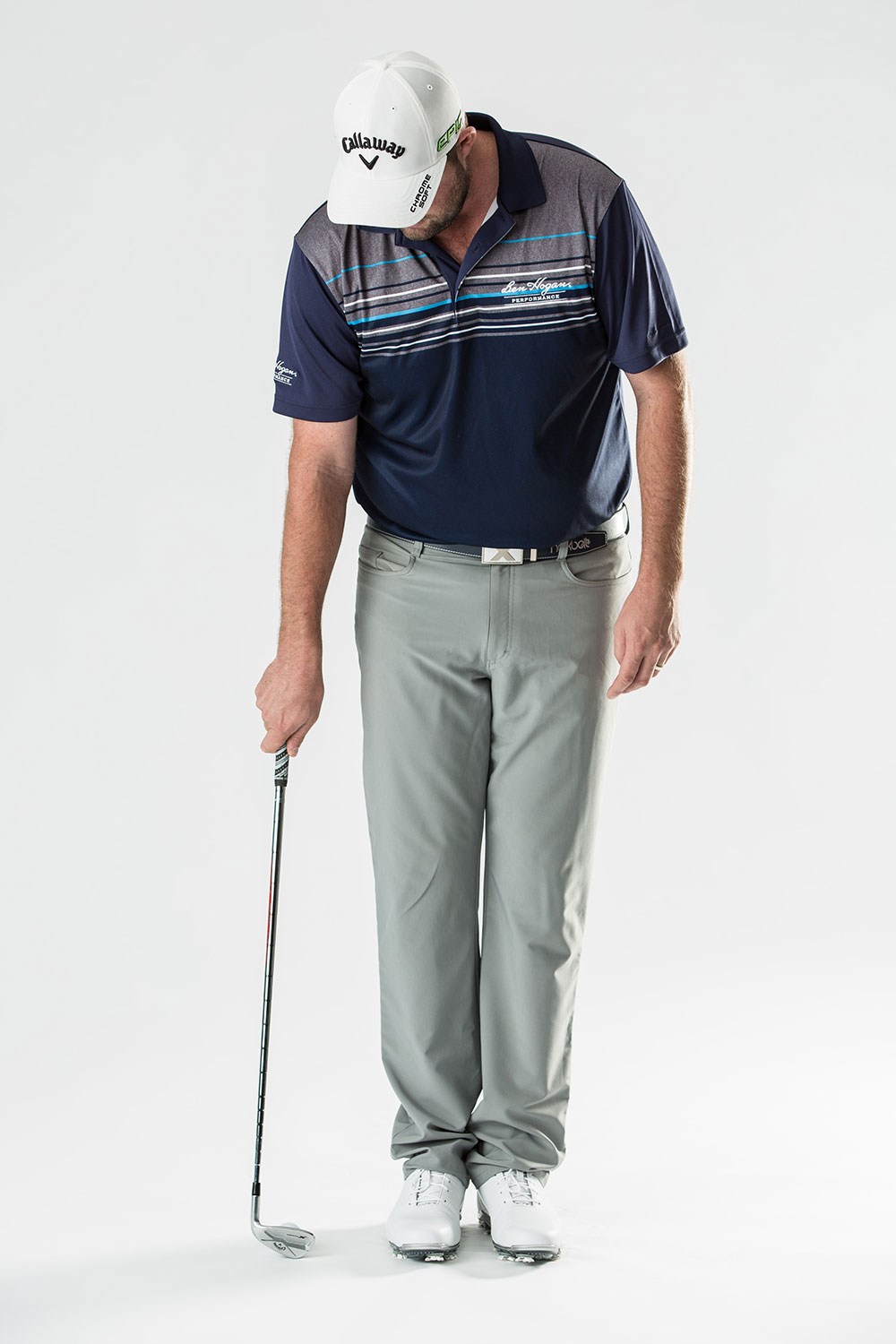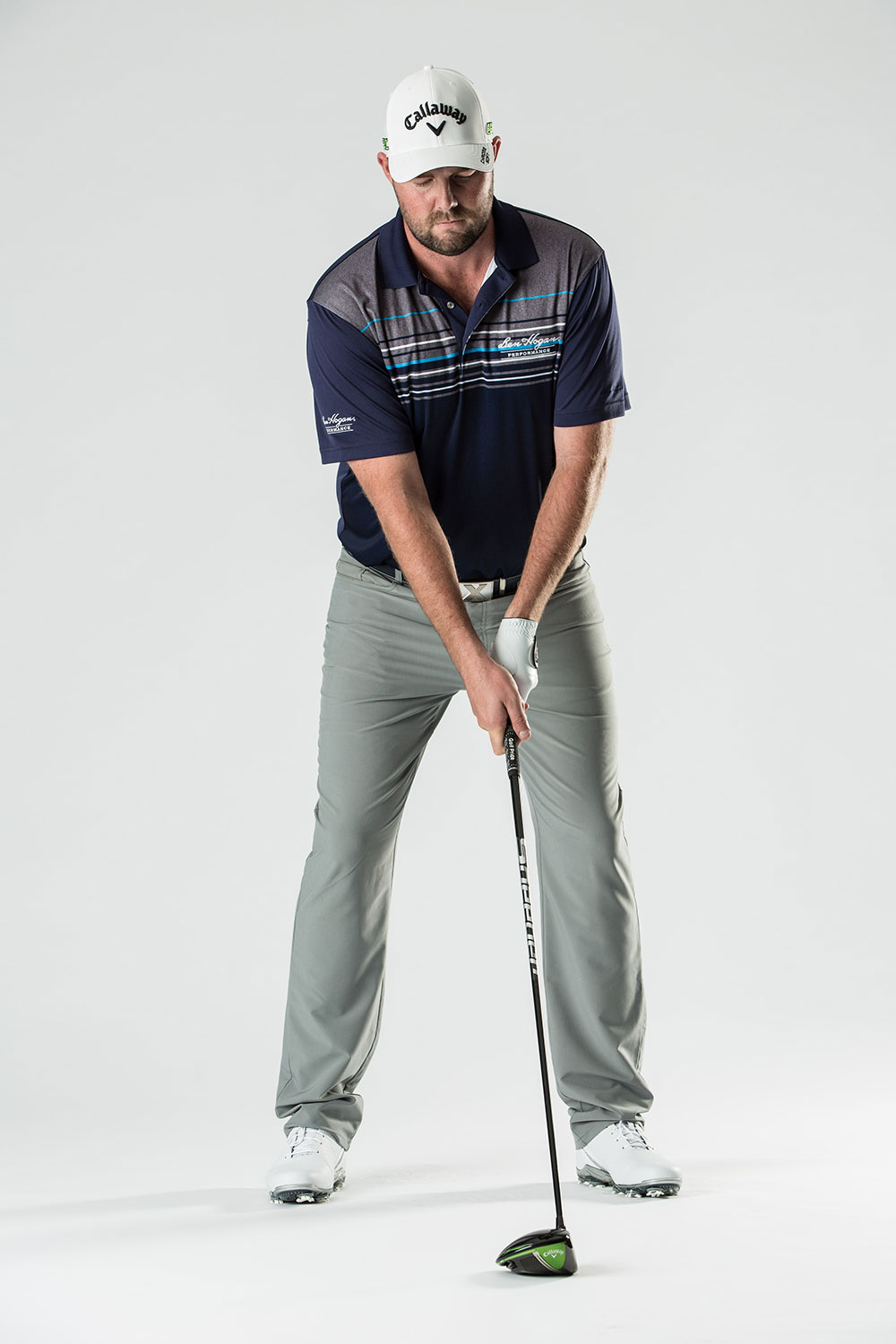LAST year was without question the most successful of my career to date, but rather than making major changes to any part of my game, I instead worked with my coach Denis McDade on making sure the basics were all spot on.
I’ve gotten a lot better the past year or two of doing a check of the basics every week on the range. Checking my balance, my posture, my grip, ball position – checking the fundamentals. If they’re all OK, then not a lot can go wrong. It’s when you don’t get the basics right that things can start going really wrong.
I hit my driver a lot better in 2017, which allowed me to hit more fairways, hit more greens and have more chances at making birdies. But the confidence comes from knowing the fundamentals are in place to allow you to hit good shots on a more regular basis.
These six techniques allowed me to have the best year of my career in 2017; you can apply them to your game to play your best in 2018.
– Marc Leishman with Tony Webeck
1. Manage Your Misses
My stats for getting up and down improved in 2017 but I think part of that was due also to managing my misses better.
I was able to take away the two-way miss by eliminating the left side of the course with my driver. Off the tee I ranked third on tour in Left Rough Tendency (9.1 percent), but 184th in Right Rough Tendency (20.22 percent). That means I was able to eliminate the left side of the course with my driver, giving me the confidence to play aggressive golf and ultimately score well. I ranked fourth on tour in Scoring Average (69.468).
I’m also not hitting it in places as often where it’s impossible to get up and down. I’m making sure that if I do miss it that I miss it in a place where it will be an easy up and down.
If there’s trouble right and a fair bit of room left then you want to aim at the left edge of the fairway because you never want to put yourself out of a hole. The same goes for approach shots into the green.
2. Keep It Short & Simple
When it comes to my actual putting practice, I’ll hit mostly short-range putts about the four-foot mark, trying to sink 20 in a row. I know then that if I hit a long putt four feet past the hole that I’m not worried about the one coming back.
 3. Spin It From Close Range
3. Spin It From Close Range
All the practice I do is fun practice. I get bored really, really easily. Most of my practice is spent around the chipping green because I can play creative shots and trying to get spin on the ball, spinning balls around to get it to the hole.
If you want to generate spin with your shots around the green, you need to practise hitting down on the ball and generating friction on the back of the ball. It sounds counter-intuitive, but to get the ball up in the air you’ve got to hit down on it. If you try to scoop the ball up, the club’s going to hit the ground behind the ball and either bounce up and lead to a skull [left] or dig into the ground and you’re going to chunk it.
If you think about smacking the back of the ball with your driver, with your wedge you want to come down and slice the skin off the back of it. And you want to have your weight a little bit on your left side while maintaining your balance so you can create that descending blow and impart spin on the ball [below].

 Get Creative
Get Creative
In order to make practice fun I’ll set myself little challenges with a range of different clubs around the green, and every now and again practise something out of the ordinary. At the WGC–HSBC Champions event in China late last year, I found myself stuck next to a tree and having to face away from the target to hit the shot. Believe it or not, it’s something I had practised and using my sand wedge I managed to get the ball up over a hill and onto the green and make the putt. It’s a shot that you sometimes need in the British Open as well, if your ball is right next to one of those rivetted pot bunkers that The Open is famous for.
The key to solid contact when you’re playing a shot like this is to keep a vertical plane with the shaft parallel to your body [below]. This way you can actually get the ball in the air.
Just be careful not to try to hit the ball too hard because you can very easily hit it into your shoe [left].
The best way to practise is to place a tee in the ground or focus on a divot and simply go back and forth concentrating on hitting the same spot.

The other one I always practise is a buried lie in a bunker because you want to have the confidence to play that shot if it pops up during a round.
 Finding the Right Balance
Finding the Right Balance
The only time my set-up tends to get bad is after I’ve been playing in the wind. I won’t notice it straight away – it will happen over the course of a few weeks – but when you’re playing in the wind your weight tends to shift towards your left side because you’re trying to hit the ball low. That’s when I start to get a bad right shot with my driver because I’m hitting down on it.
The way I check my balance is to feel as though I am standing over the ball with my eyes closed, knowing someone is about to push me from any direction – but I didn’t know which direction – and not wanting to fall over. I want my balance to be 50-50, not 70 percent on the left foot, 30 on my right.
You want everything centred and that’s what I think about when I’m checking my balance.
 Hover the putter for better tempo
Hover the putter for better tempo
When I start missing putts it’s generally speed-related. I’m either hitting it too hard or too soft, which comes back to tempo. My bad tendency is that I put too much pressure on the putter into the ground and then when I take it away it’s quite a jerky movement, and you don’t want anything to be jerky in putting. A drill that we do is to simply hover the putter a few millimetres off the ground [left] so that there is no pressure going into the ground and making a really smooth takeaway. From there not too much can go wrong.
I was actually doing that drill on the course at the British Open a couple of years ago and I had a five-foot birdie putt on the last hole on Friday. When I look at the hole my eyes come back and as soon as they get back to the ball I start the putter back. When my eyes got back to the ball for that putt at The Open, my putter had already started going back a good distance. I kept going and made the putt so it confirmed to me that it was a good drill to do.



